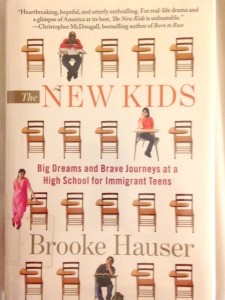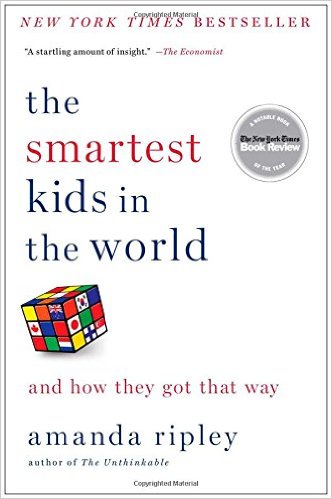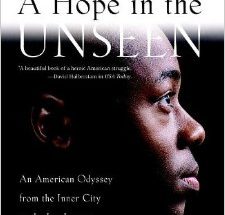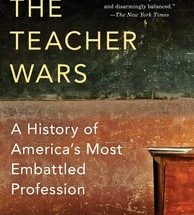In Brooke Hauser’s The New Kids, immigrant teenagers work to graduate high school at International High School in Prospect Heights, Brooklyn, while struggling to live an ordinary life lacking basic necessities, such as a stable home, and even  citizenship.
citizenship.
Hauser follows the lives of these students inside and outside of the classroom as she paints a stark image of young immigrant lives. She chronicles the inspirational student who overcomes his traumatic past and receives a full scholarship to college, alongside the many students who don’t graduate high school or make it to college. The students’ financial restraints in the face of the failed DREAM Act play a significant role in how student lives are affected in the book.
Hauser focuses on a few students in the book and follows them from the first day of school all the way to graduation, incorporating significant moments including prom and intimate times at home. Mohamed Bah from Sierra Leone is a charismatic young teen who can’t get his story straight regarding how he arrived in the U.S. He says only that he got lost from his study trip group touring New York City. Yasmeen is a Yemeni Muslim forced to fight for custody of her younger siblings after her parents died during her time at International High. Hauser is invited to Yasmeen’s arranged marriage to her cousin toward the end of the school year and quotes Yasmeen at prom: “Inside of me, I felt like I am nothing, I felt dead—but I was breathing. You will get there, as long as you keep hope alive. Keep it breathing.”
Yasmeen is an example of Hauser’s ability to depict a stereotypical situation or image of a student and then counter it with the student’s own voice and experiences, essentially shattering the stereotype. However, the brief depictions of students that were not the central focus of the book fell into a stereotypical image that was problematic without the students’ experiences. Hauser said she was not concerned about stereotyping because she was reporting what she observed.
Other student stories included Jessica Tan, a Chinese teen cast off by her father for his second wife and their children. While he visits her throughout the book, he never stays long and Hauser shows how their relationship develops as Tan attends college in Philadelphia, and her father drives her to the campus.
Ngawang’s brief story was arguably the most powerful, depicting the hardships of the immigrant experience through the Tibetan boy who nearly suffocates in a suitcase trying to get to the United States. His story expresses the ongoing struggle of young immigrants in the American education system that started long before they arrived in the U.S.
While the focus of Hauser’s story was the students’ experience, she incorporated the challenges their teachers faced in graduating such a vulnerable group of students and put a face to policy issues affecting these immigrant teens from the impact of the failed DREAM Act to repercussions for students with undocumented status to the difficulties English Language Learners face.
Hauser shared her experience reporting the personal lives of these brave students—she followed them home, in the subway, with their parents and soon students began to know her. “I was just always there. That’s the secret.”
###



